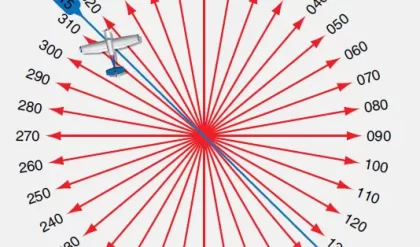Basic Principle:
When a closed container is subjected to the applied pressure, it is strained (that is, its dimension changes). Measurement of this strain with a secondary transducer like a strain gauge ( metallic conductor) becomes a measure of the applied pressure.
That is, if strain gauges are attached to the container subjected to the applied pressure, the strain gauges also will change in dimension depending on the expansion or contraction of the container. The change in dimension of the strain gauge will make its resistance to change. This change in resistance of the strain gauge becomes a measure of pressure applied to the container (elastic container or cell).
There are two types of strain gauge pressure cells namely:
1. flattened tube pressure cell.
2. Cylindrical type pressure cell.
Flattened tube pressure cell.
The main parts of the arrangement are as follows:
An elastic tube which is flat and pinched at its two end as shown in diagram.
Two strain gauges are placed on this elastic tube: one is on the top and other is at the bottom of this elastic tube.
One end of the elastic tube is open to receive the appilied pressure and its other end is closed.
Operation:
The pressure to be measured is appilied to the open of the tube. Due to pressure, the tube tends to round off, that is, the dimension changes (strained). As the strain gauge are mounted on the tube, the dimension of the strain gauges also change proportional to the change in dimension of the tube, causing a resistance change of the strain gauges. The change in dimension of the tube is proportional to the applied pressure. Hence the measurement of the resistance change of the strain gauges becomes a measure of the appilied pressure when calibrated.
Cylindrical Type pressure cells:
Description
The main parts of this arrangement ar as follows:
A cylindrical tube with hexagonal step at its centre. This hexagonal step helps fixing this device on to place where the pressure is to be measured.
The bottom portion of this cylindrical tube is thearded at its external and is open to receive the pressure to be measured.
The top portion of this cylindrical tube is closed and has a cap screwed to it.
On the periphery of the top portion of the cylindrical tube are placed two sensing resistance strain gauges.
On the cap (unstrained location) are placed two temperature compensating strain gauges.
Operation.
The pressure to be measured is applied to the open end of the cylindrical tube. Due to the pressure, the cylindrical tube is strained, that is its dimension changes. As the strain gauges are mounted on the cylindrical tube, the dimension of the sensing strain gauges also change proportional to the change in dimension of the cylindrical tube, causing a resistance changes of the strain gauges.
The change in dimension of the cylindrical tube is proportional to applied pressure.
Hence the measurement of the resistance change of the sensing strain gauges becomes a measure of the applied pressure when calibrated.
Applications of the strain gauge pressure cells
the flattened tube pressure cell is used for low pressure measurement.
The cylindrical type pressure cell is used for medium and high pressure measurement.




